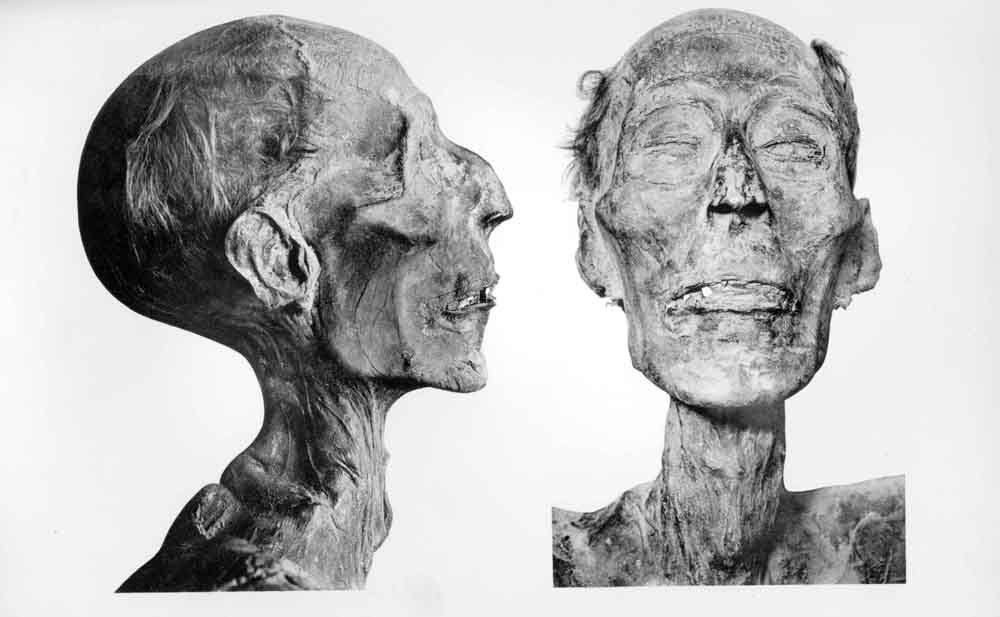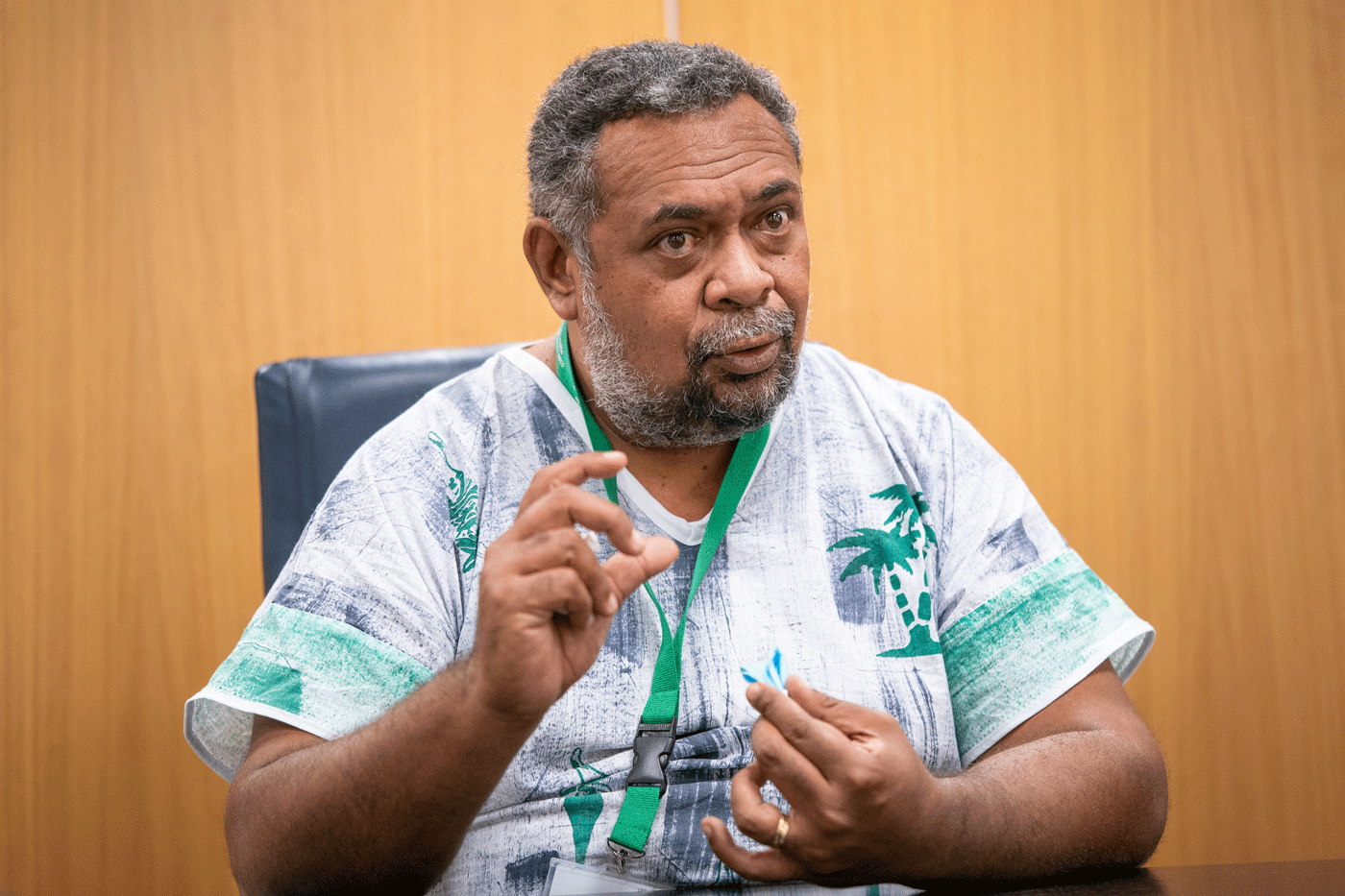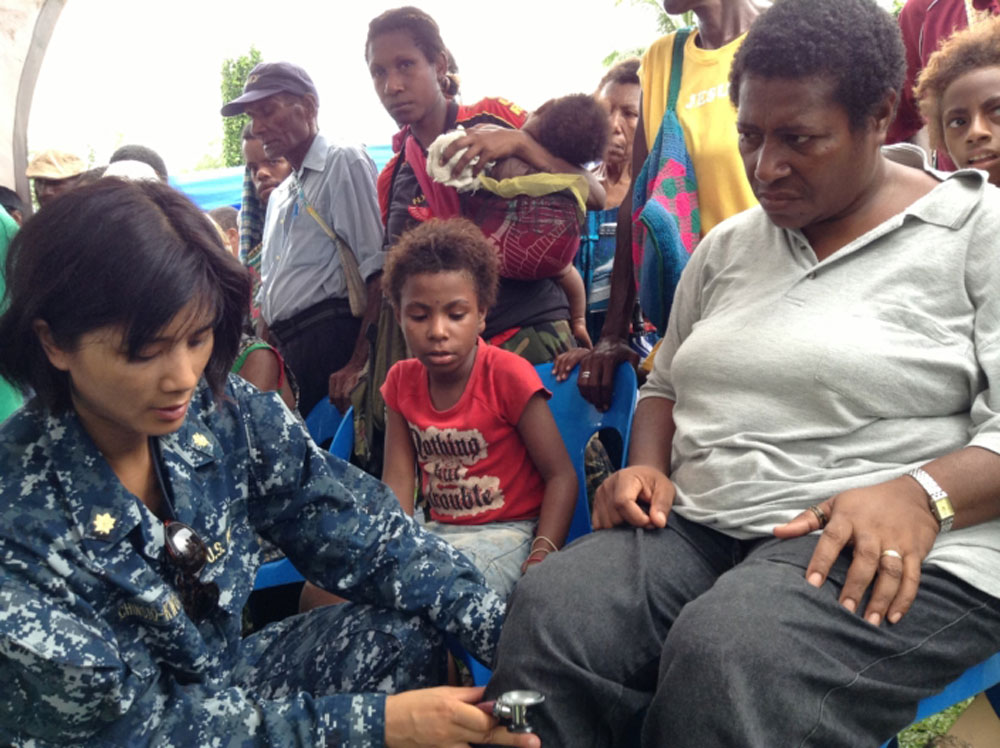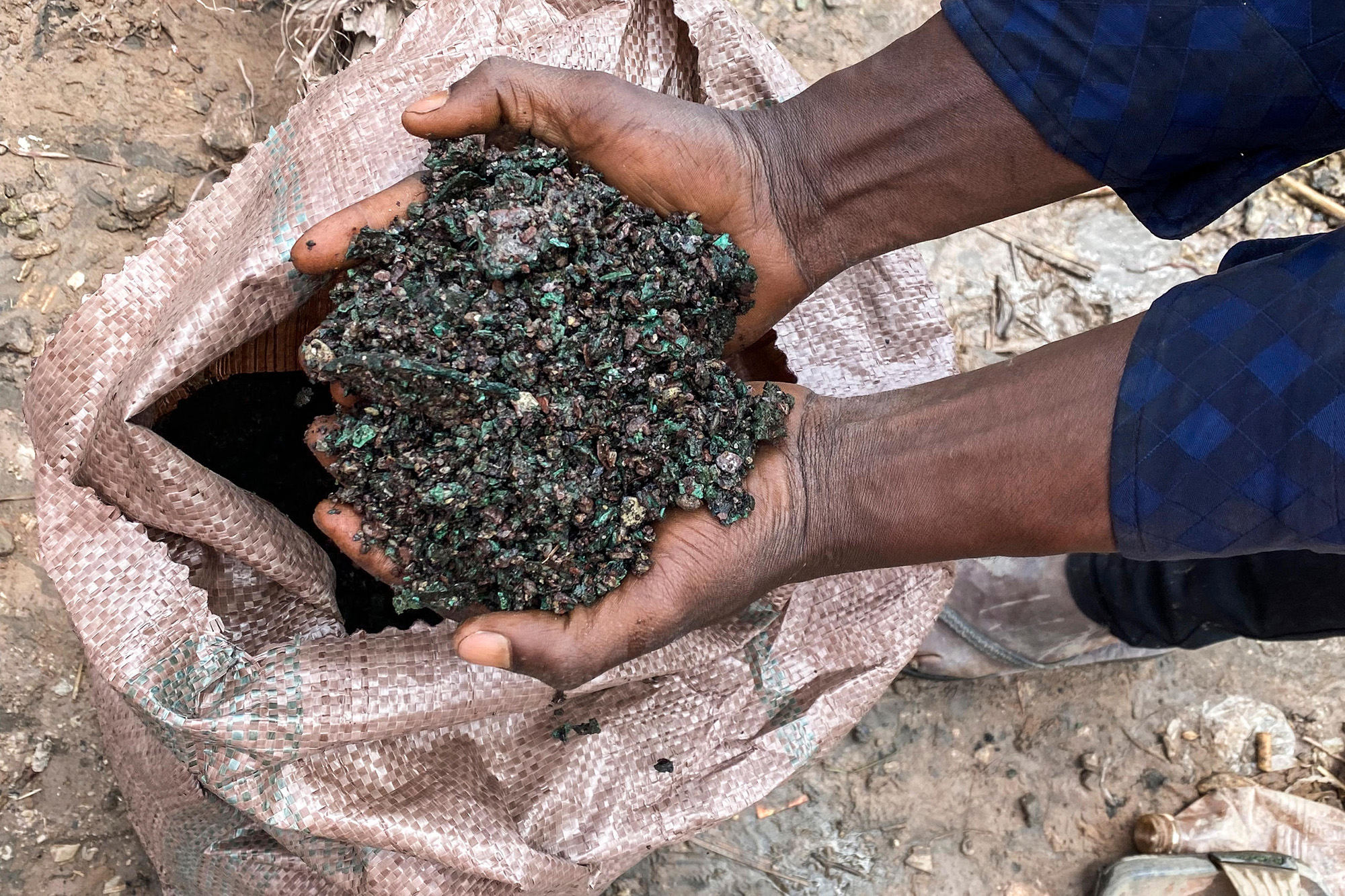Travel to Paris Ramses II.aren
- Le Bourget (Île-de-France), 26 September 1976 He landed a military plane carrying the mummy of Pharaoh Ramses II.

He received Alice Saunier-Seité, Secretary of State of the French Universities, Ambassador of the Arab Republic of Egypt, General Chief of the Air Base Le Bourget and a National Guard detachment. A protocol prepared for any head of state who was then in power was applied to these traces of 3,000 years ago. New titles were added to the old achievements attributed to Pharaoh: “The first Pharaoh to travel by plane,” “The first governor of Antiquity to get the official passport.”
Ramsesena was not the first mummy to travel to Paris (or to London, Berlin…); since the Napoleonic era, in the relentless patrimonial expoliation, thousands of mummies were stolen from Egypt to feed the funds of Western museums. But Ramses was sent to heal to Paris, where the state of conservation of the mummy was very serious and in Egypt there was no means and technology to solve it. For eight months, the most deteriorated parts were reconstructed and sutured and the body was treated with gamma rays to scare bacteria and fungi. After treatment, Pharaoh returned to the Cairo Museum.
Ramses II died at age 87 in 1213 BC, after his 66th term of office. He left his great military victories and achievements written in hundreds of monuments, reliefs and paintings. But in recent years, all this archaeology is being challenged. For example, in the Battle of Cadesh he sculpted there and here he defeated the Hittites, but current evidence indicates that the Egyptians were unable to conquer the city and that, at most, the outcome of the war can be considered a technical draw. And when a team of British archaeologists investigated the border deposits between Libya and Egypt in 2018, they observed that the Egyptians had peaceful and fruitful relationships with the Libans and Nubians, while according to Ramsese the border was a conflict zone and only through their brilliant strategies did it get their rivals under control. That's why Pharaoh has recently been renamed the inventor of fake news.
At the solemn official conference of the 1976 Paris-Le Bourget airport, Secretary of State Saunier-Seité said: “France receives the remains of one of the greatest heads of state of Antiquity.” And this shows that Ramses II was one of the great propagandists of all Antiquity ...
Kanakyko Gobernuko kide gisa edo Parisekilako elkarrizketa-mahaiko kide gisa hitz egin zezakeen, baina argi utzi digu FLNKS Askatasun Nazionalerako Fronte Sozialista Kanakaren kanpo harremanen idazkari gisa mintzatuko zitzaigula. Hitz bakoitzak duelako bere pisua eta ondorena,... [+]
Urte bat beteko da laster Pazifikoko Kanaky herriko matxinada eta estatu-errepresiotik. Maiatzaren 14an gogortu zen giroa, kanaken bizian –baita deskolonizazio prozesuan ere– eraginen lukeen lege proiektu bat bozkatu zutelako Paristik. Hamar hilabete pasa direla,... [+]
Andeetako Altiplanoan, qocha deituriko aintzirak sortzen hasi dira inken antzinako teknikak erabilita, aldaketa klimatikoari eta sikateei aurre egiteko. Ura “erein eta uztatzea” esaten diote: ura lurrean infiltratzen da eta horrek bizia ekartzen dio inguruari. Peruko... [+]
I just saw a series from another sad detective. All the plots take place on a remote island in Scotland. You know how these fictions work: many dead, ordinary people but not so many, and the dark green landscape. This time it reminded me of a trip I made to the Scottish... [+]
In 2017, Indonesia and the Netherlands signed an agreement to return the heritage stolen by the European country because of colonialism for three centuries. The Indonesian responsible for the return process, Gusti Agung Wesaka Puja, explained that this agreement "was important in... [+]
The Centre Tricontinental has described the historical resistance of the Congolese in the dossier The Congolese Fight for Their Own Wealth (the Congolese people struggle for their wealth) (July 2024, No. 77). During the colonialism, the panic among the peasants by the Force... [+]
New York, 1960. At a UN meeting, Nigeria’s Foreign Minister and UN ambassador Jaja Wachucu slept. Nigeria had just achieved independence on 1 October. Therefore, Wachuku became the first UN representative in Nigeria and had just taken office.
In contradiction to the... [+]
Washington (EE.UU. ), 1807. The US Constitution banned transatlantic slave trade. This does not mean that slavery has been abolished, but that the main source of the slaves has been interrupted. Thus, slave women became the only way to “produce” new slaves.
So in 1845, in... [+]

























